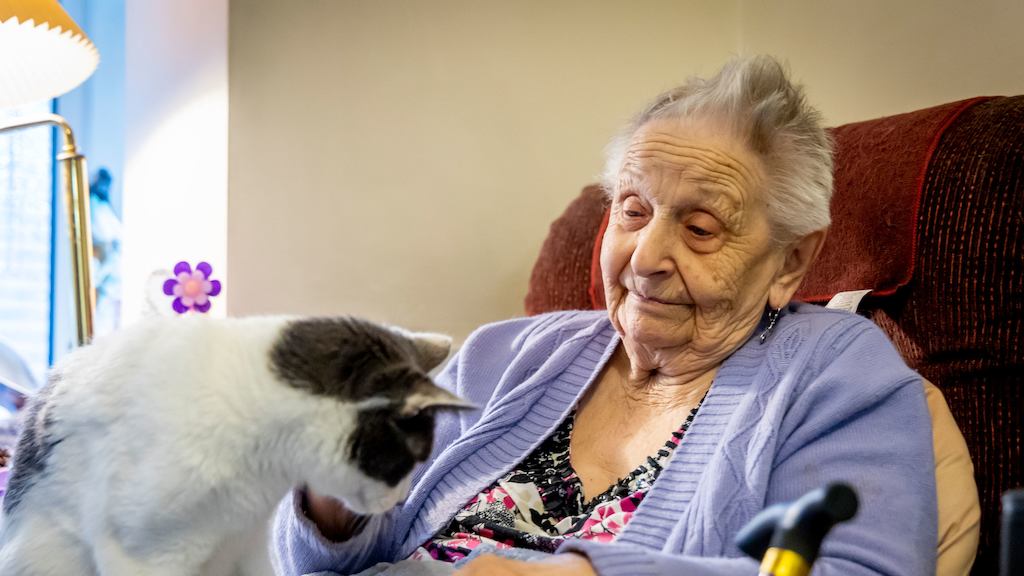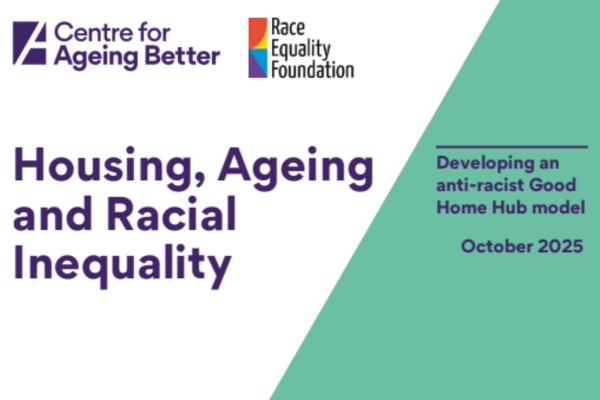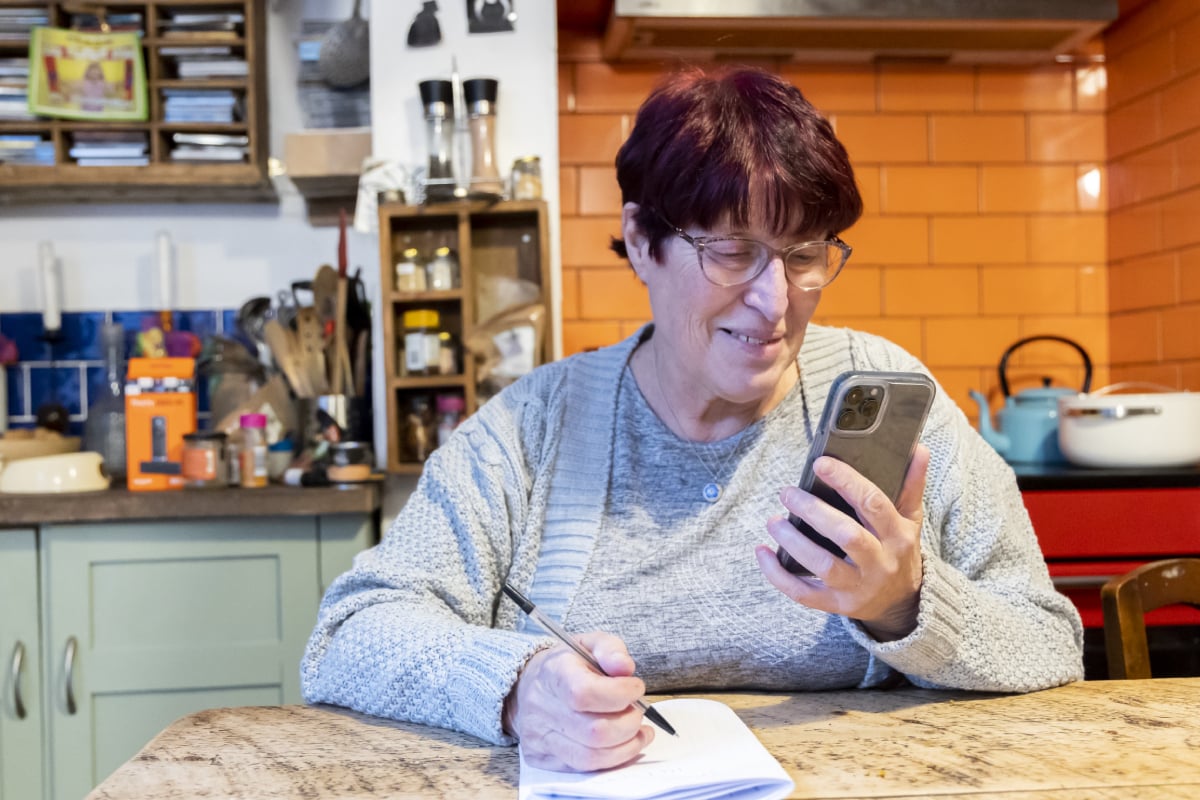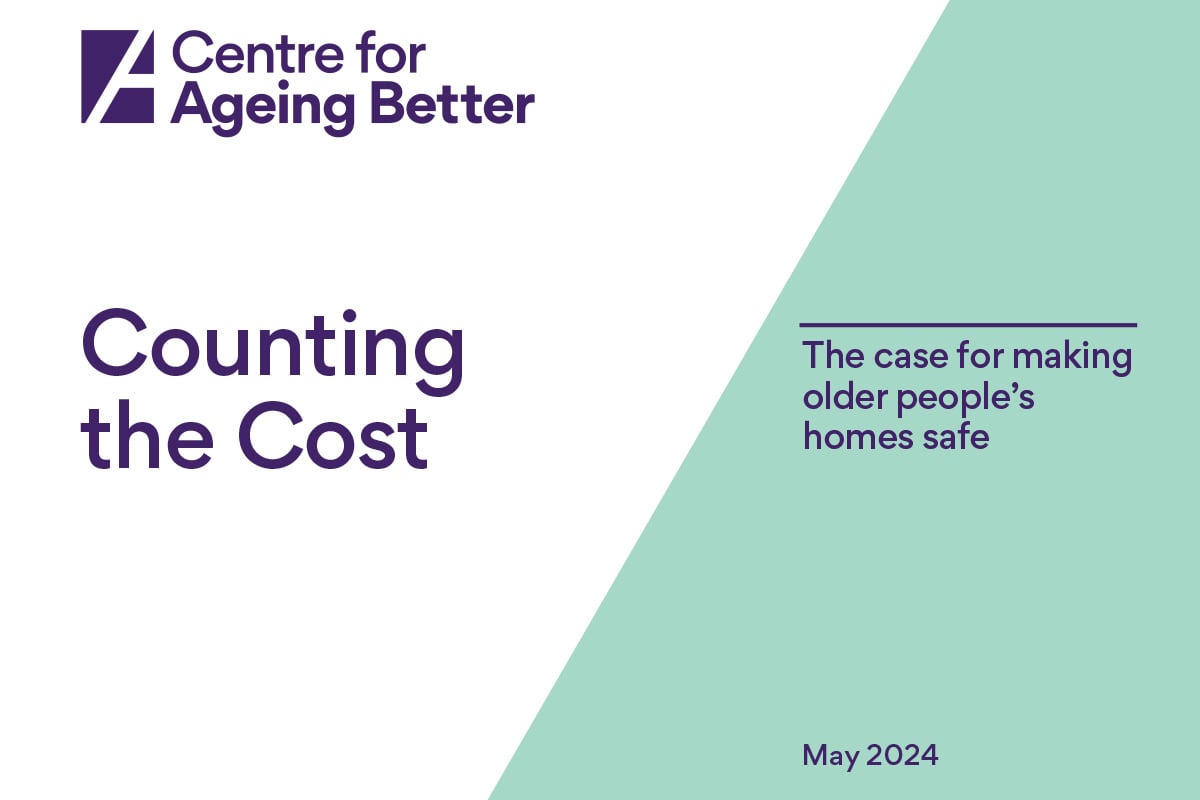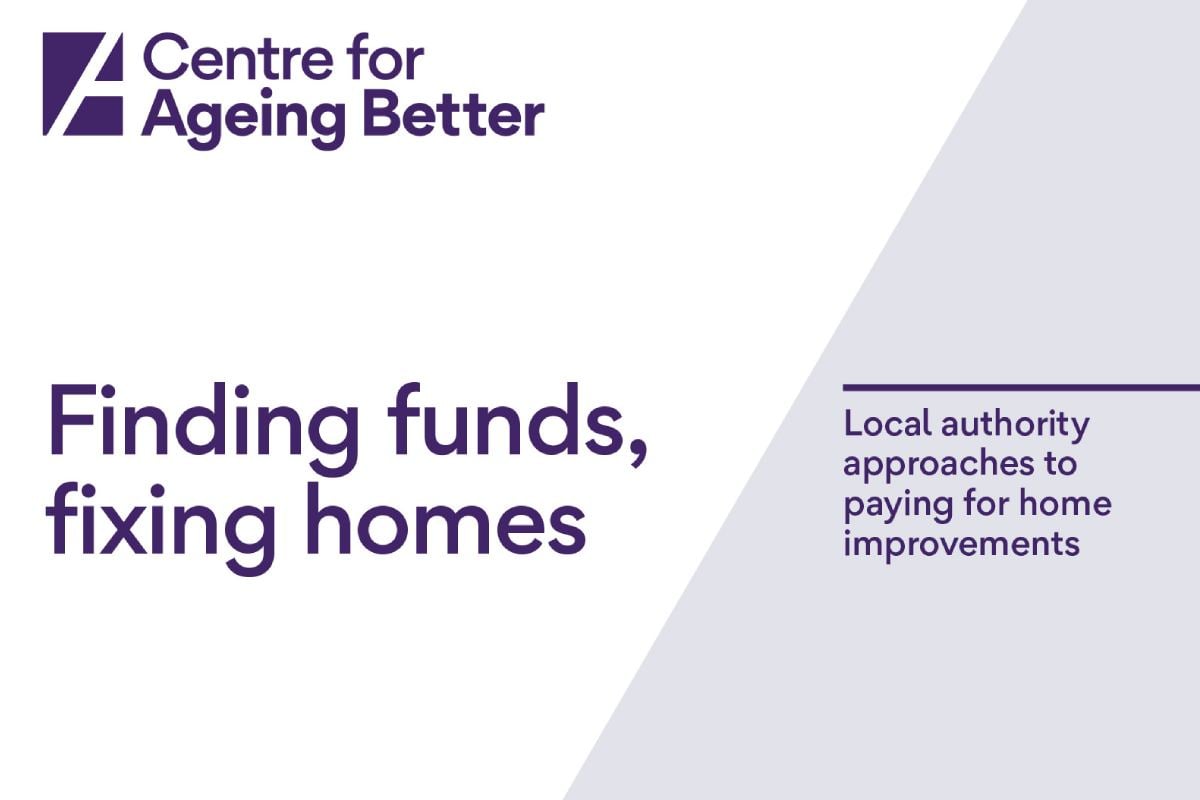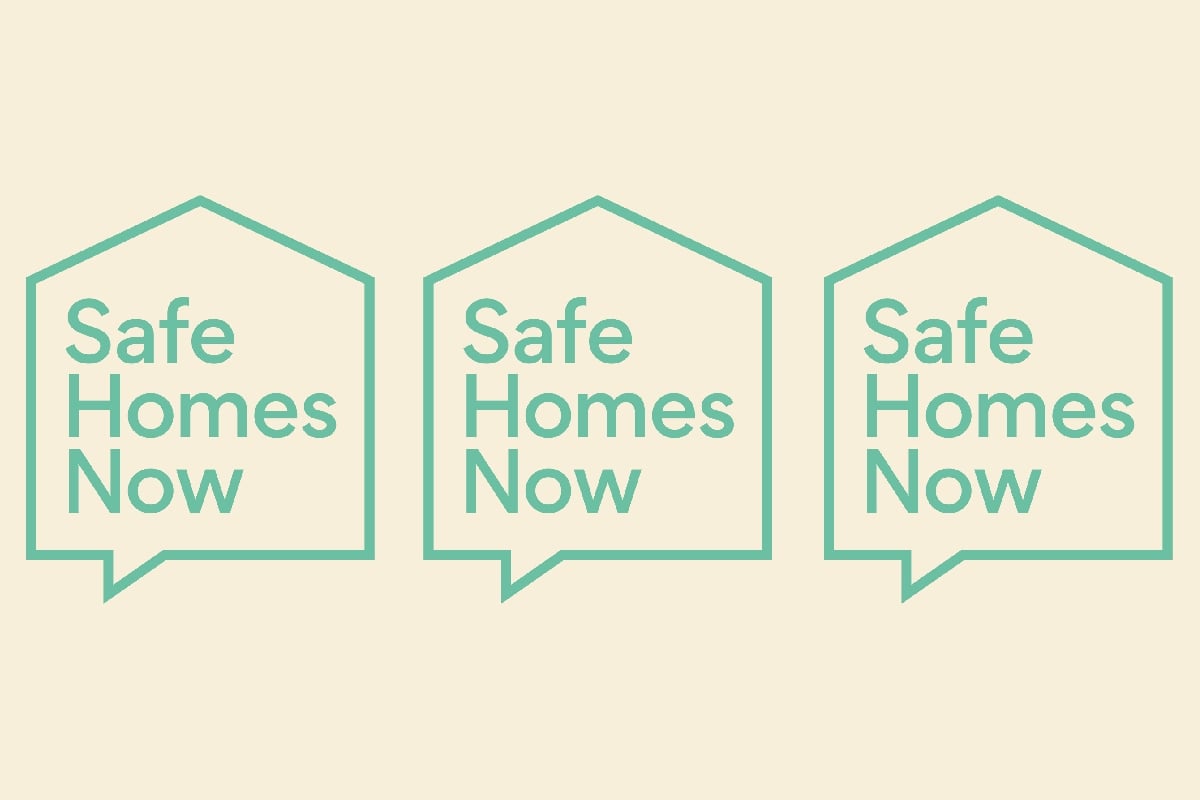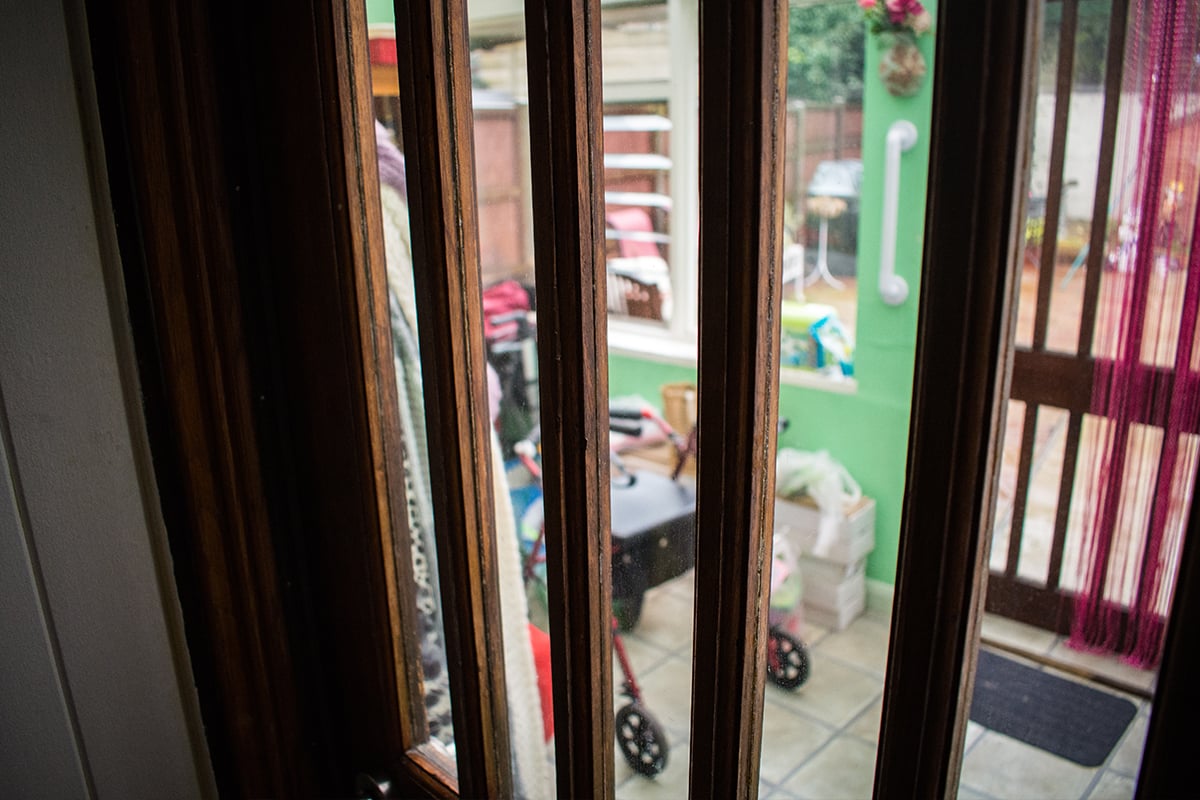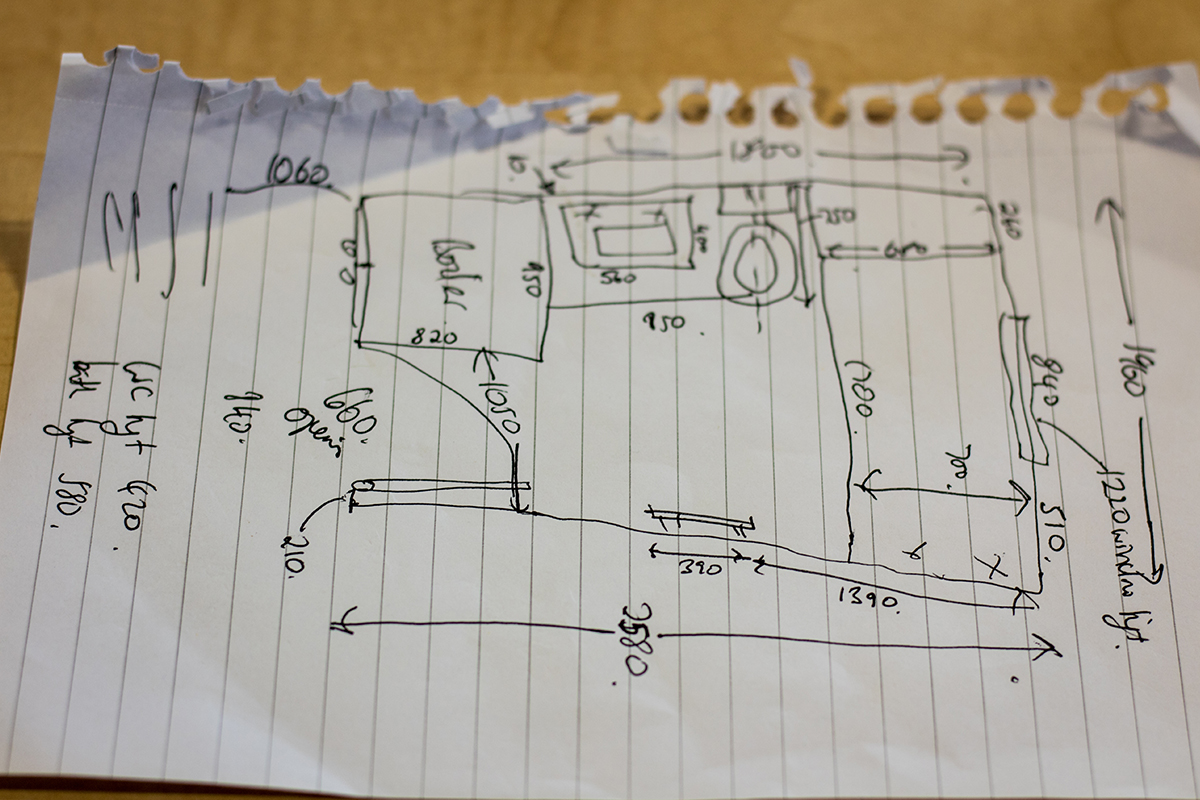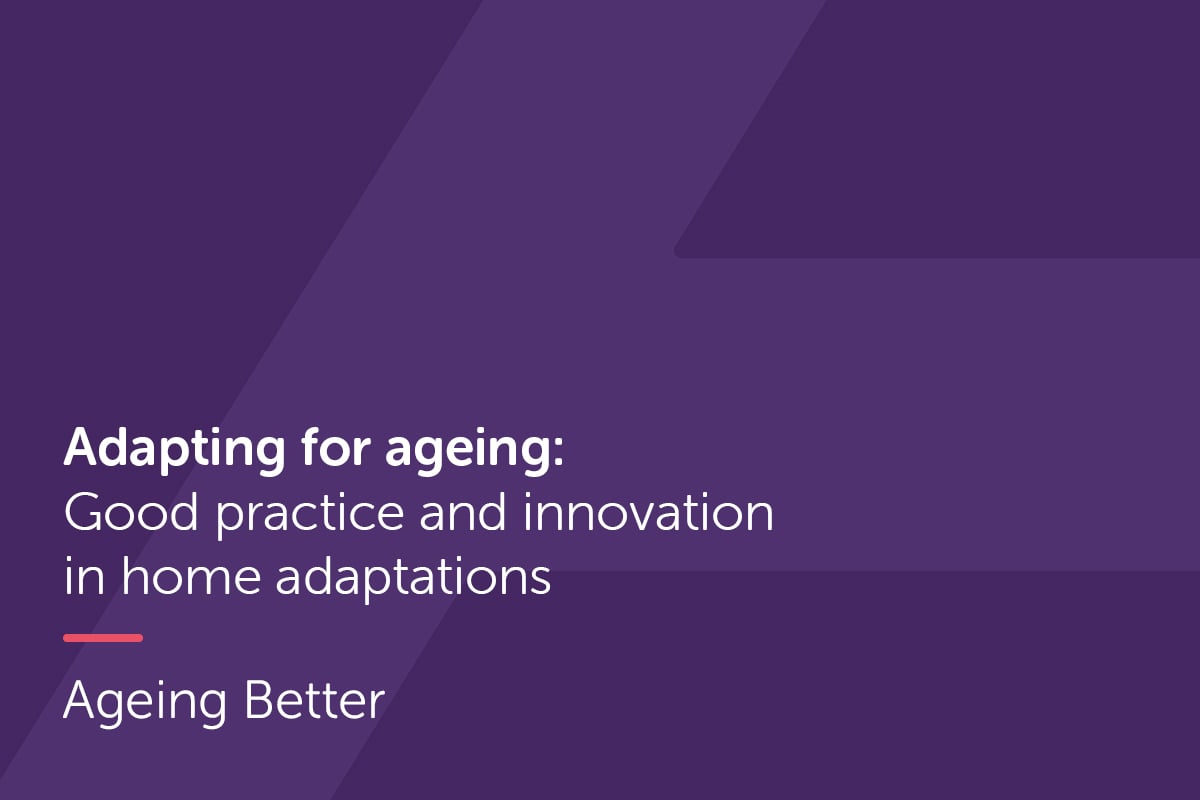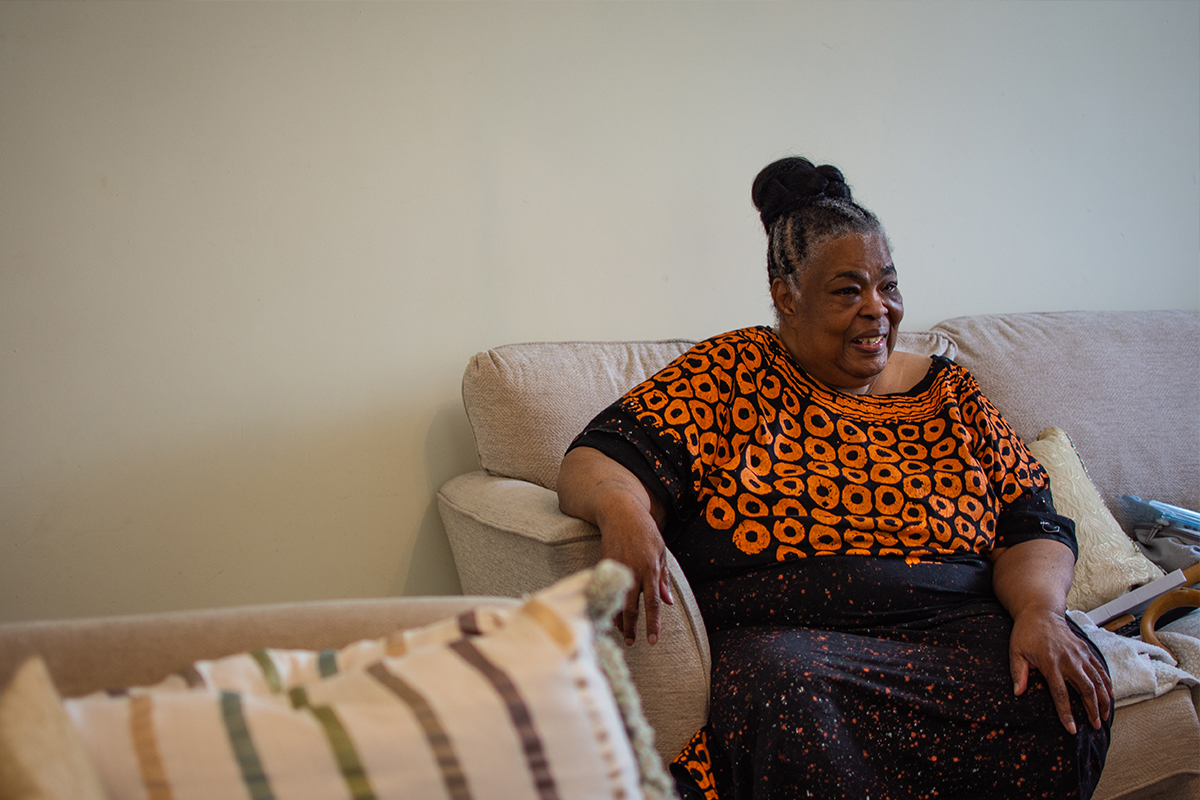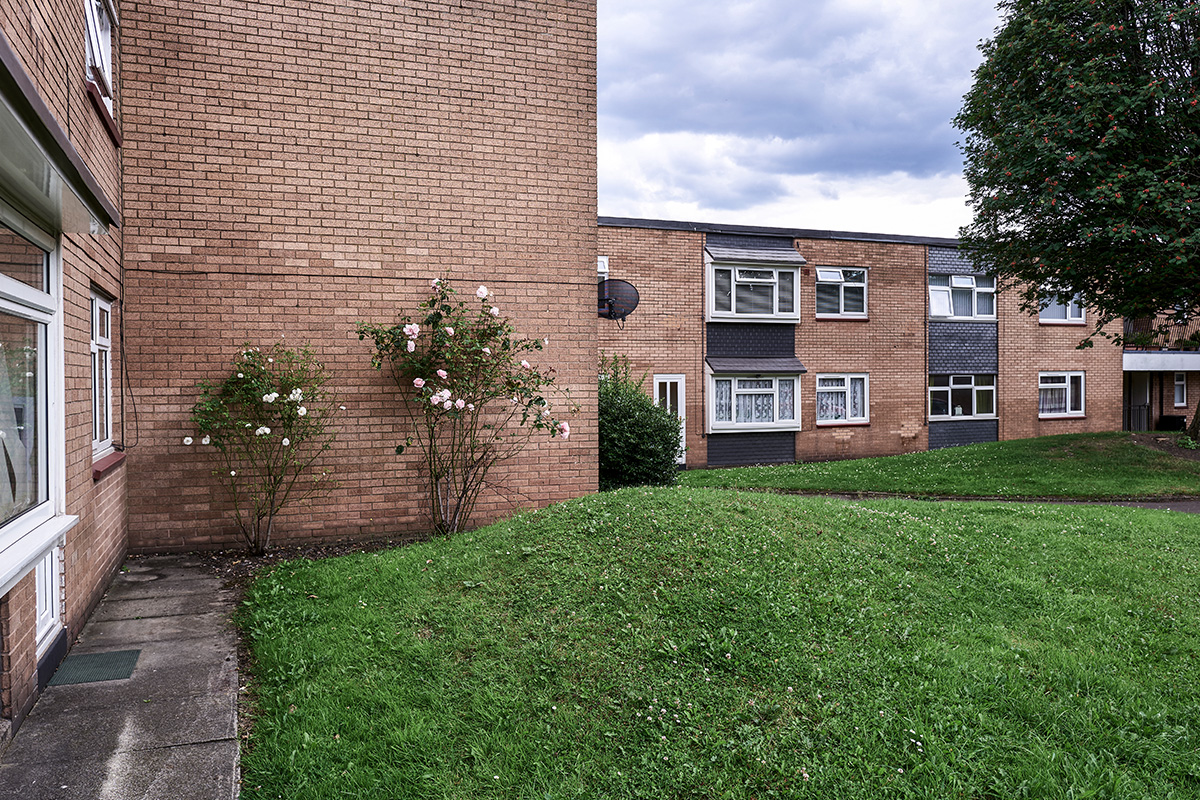Addressing the problem requires a comprehensive approach that takes account of the interplay between different housing tenures and the specific needs of older adults. This is why I support the Centre for Ageing Better’s call for a unified strategy:
Health and social care integration. Poor housing quality is a major public health issue. By improving housing conditions, the strain on health and social care services can be reduced. Preventive measures in housing can lead to fewer hospital admissions, quicker recoveries, and a lower overall cost to the health system.
Recent research from the Centre for Ageing Better shows that fixing dangerous homes lived in by older people would directly save the NHS and the social care sector more than £1.5 billion a year.
Economic stability and growth. Investing in better housing for older people can stimulate the economy and result in growth. Construction and renovation projects create jobs and demand for materials. Helping older homeowners access financial support for home improvements can enhance their quality of life and contribute to economic stability.
Environment sustainability. Tackling poor-quality housing for older people contributes to broader environmental sustainability goals: improved energy efficiency and the use of renewable energy sources significantly reduce greenhouse gas emissions from homes.
Energy efficiency measures and renewable energy use can reduce energy costs for older adults, improving their financial stability. And energy-efficient homes with consistent temperatures and good air quality can provide a more comfortable and healthier living environment for older people.
Equity and social justice. Ensuring that all older adults, regardless of their housing tenure, live in safe and comfortable environments is a matter of social justice. It’s imperative to address disparities in housing quality to promote equality and dignity for our older generation.
Community and independence. Quality housing supports older people in maintaining their independence and staying connected to their communities. Accessible homes enable them to engage with their surroundings, reducing isolation and enhancing their quality of life.
Delivery of services should come from one-stop-shop model that supports on all aspects of home repairs and adaptations, with support and signposting on everything from finding trusted tradespeople and identifying what work needs to be done, to how to finance repairs and improve energy efficiency. Ageing Better calls this a Good Home Hub.
